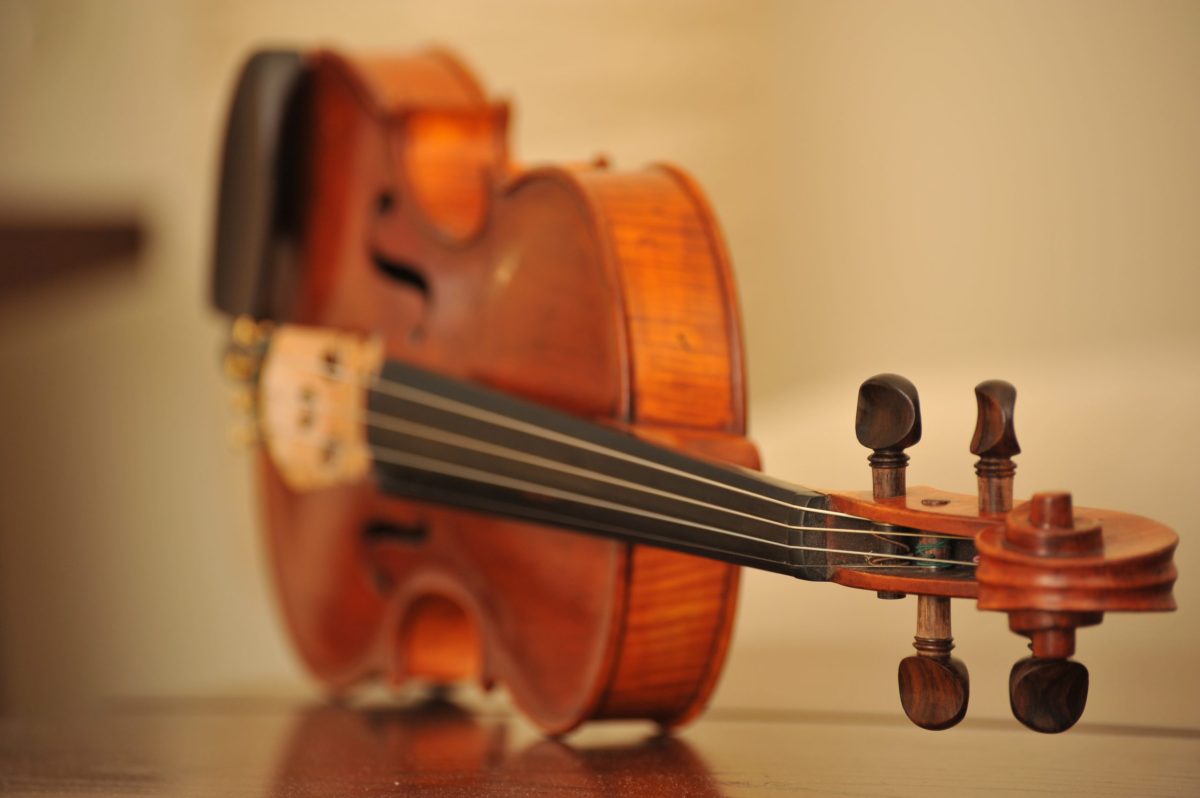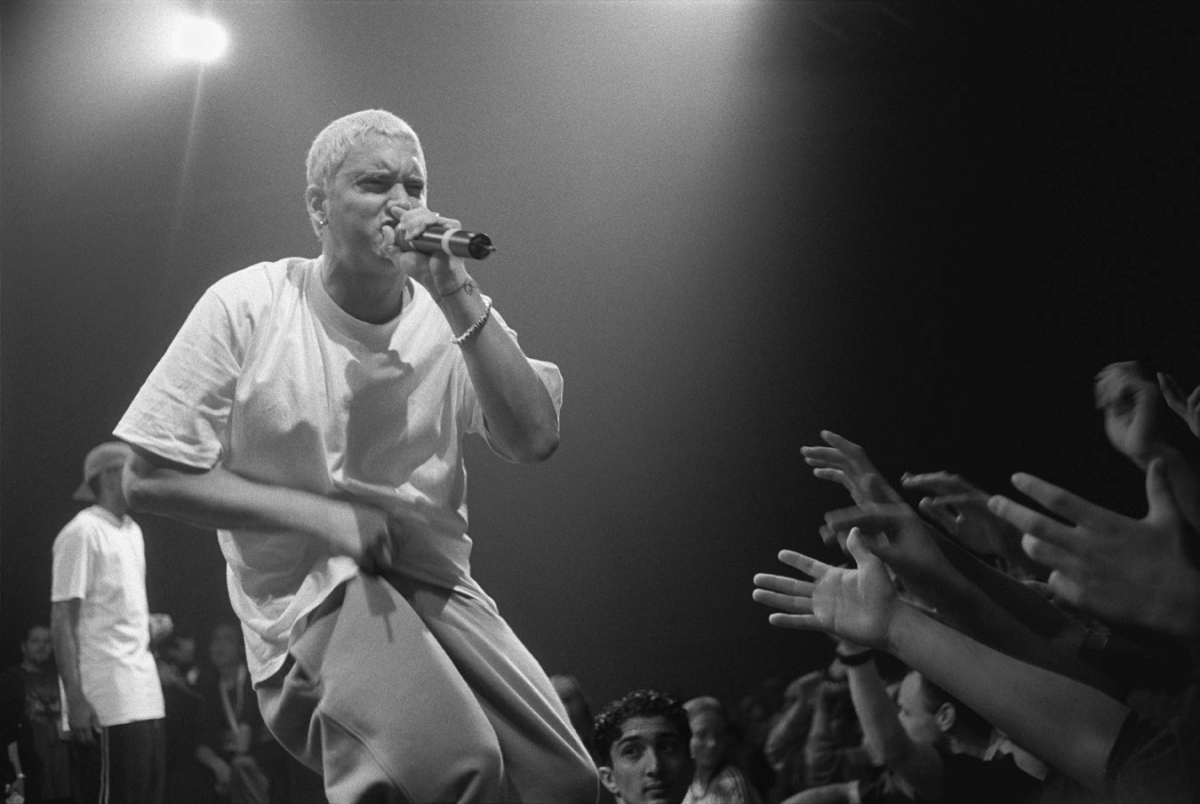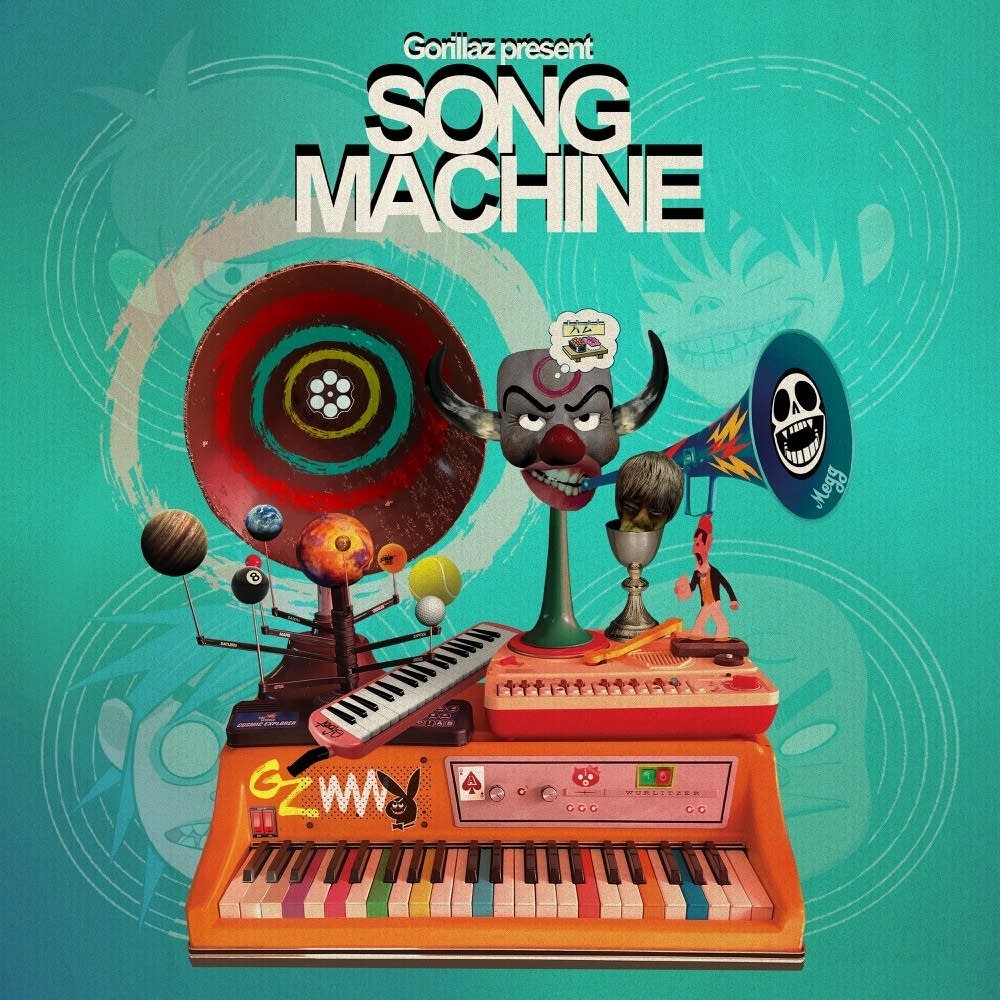One of the greatest hidden gems on campus is the remarkably charming and peaceful Littman Library located in Weston Hall, more commonly known as the “Archie Building”.
The space is filled with sketches and models that give it a unique, scholarly—yet artistic— atmosphere. This aura was certainly felt on March 14, when the library was filled with the sweet sounds of classical string instruments. The newly renamed Littman Quartet held their semesterly performance for students and faculty to enjoy. The ensemble consisted of violinists Robert Radliff and Susan Heerema, violist Jordan Fusco, and cellist Paul Vanderwal.
The evening was a labor of love organized by Maya Gervits, director of the Littman Library, with her passion for the project only matched by the musicians pouring their hearts into their symphonies. It was apparent that each of these individuals gave their full dedication to the performance—unsurprising, due to the quartet’s strong roots with the Littman Library.
The group originated from the very same library in April 2015 as a trio until the later addition of Jordan Fusco rounded out their ranks and founded the Vramensco Quartet—their name until very recently. When asked for the reason behind their rebranding, quartet co-founder and violinist Radliff stated: “We started at the Littman Library at NJIT. We wanted to pay homage and thank our original benefactors and support them by changing our name to Littman.”
The pieces performed showed a graceful devotion to musical structure, running parallel to the complex physical structures CoAD students investigate and contrive in their studies. One in the room could vividly picture the manic pen strokes of an inspired designer to the allegretto tune of Beethoven’s String Quartet Op. 28, No. 4 in C minor.
Alternatively, a scene of an architect methodically planning his project’s next step comes to mind when hearing Mendelssohn’s String Quartet Op. 44, No. 1 in D major. According to Radliff, this was no mistake: “When we started this program and the series, it was based around elements of design and form in music to pair with elements of design and form in the buildings and paintings and architectural things students at NJIT study.”
The mission of the night was to not only entertain but enrich the study body. When asked of the importance of exposing college-age students to classical music, Radliff said, “Life reflects art which reflects life. Whether it be visual or musical, whether it be rock and roll or classical… it’s always been a form of human expression”.
“Everybody should have at least a little exposure to [classical music], because a lot of people are not familiar,” violist Fusco said when asked the same question. Fusco notes that the wide umbrella of ‘classical music’ still contains a diverse subset of styles for different listeners to gravitate towards and enjoy: “There are composers like Bach that are much more traditional, all the way to Mendelson who is much more flashy.”
It is clear Gervits and the musicians of the Littman Quartet dedicate a great deal of time and effort to this event each semester with the hope of inspiring students. This is especially true to those whose artistic minds are being used to forge their emerging career path.
The event accomplished the melding of academics and arts, as the library was filled with students studying for the last of their midterms side-by-side with those present solely to experience the four-person musical troupe. It was a privilege watching young men and women age consume classic melodies to nourish their imagination.
To those who have never given yourself the chance to witness a live string quartet performance, it is imperative to experience it at least once in your future semesters. On a campus that ordinarily is far from bustling on a typical evening, it would be a shame to just stay in one’s dorm. Stop by the Littman Library, grab a pastry and some tea, and allow yourself to become engrossed in the musical stylings of NJIT’s very own Littman Quartet.



































